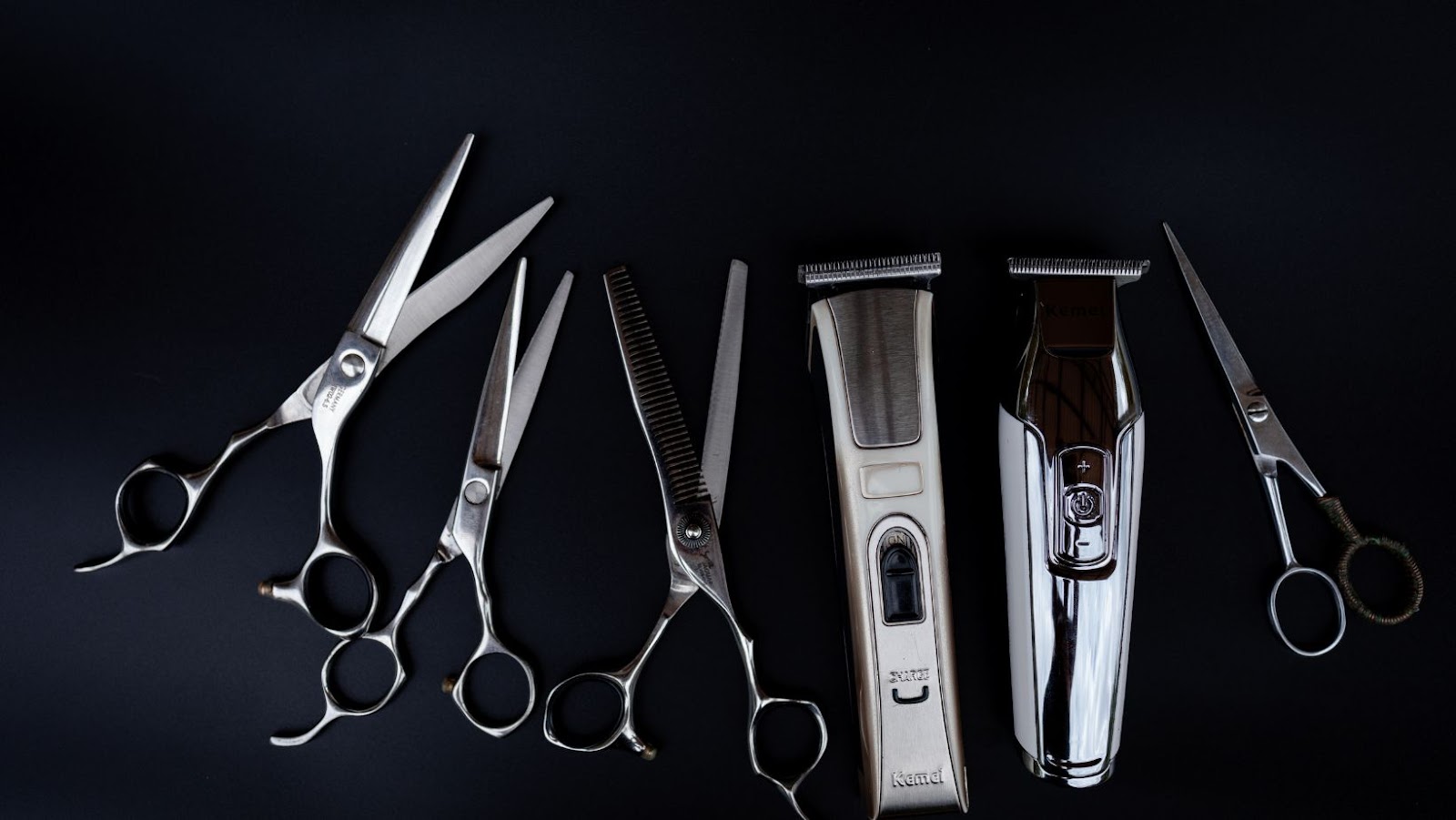Gas-Powered vs. Electric Hair Tools: Which Is Better for Your Salon?
Choosing between gas and electric hair styling tools equips your salon with the right hairstyling gear. The tools you opt for can impact your salon’s performance, efficiency, and overall success.

Deciding between gas-powered and electric hair tools requires careful consideration as both options come with their own set of advantages and disadvantages. This article highlights the differences between the two types of tools, outlining their pros and cons to help you make the perfect choice for your salon.
Portability and Convenience of Gas-Powered Hair Tools
Contents
Gas-operated hair styling devices such as hair dryers and straightening irons offer convenience and flexibility, making them a preferred choice for salons looking for mobility. These tools do not rely on power outlets, allowing them to be used outdoors and in remote locations without a steady electricity supply. For salons, they provide cost-effective salon gas solutions that heat up quickly, saving time and enabling stylists to work more efficiently.
The reliability of gas-powered hair tools shines through during power outages. Salon owners can also benefit from the performance of gas-powered tools in areas or outdoor settings such as for a wedding. However, it’s essential to consider the expenses of refilling gas cartridges and address any safety concerns related to handling materials.
Pros:
- Flexibility: Gas-operated hair styling tools provide versatility in environments without access to electricity, making them perfect for travel or mobile salon services.
- Time efficient: These tools heat up quickly, allowing for styling compared to electric tools. This can be especially advantageous in paced salon settings where time’s of the essence.
- Dependability: Gas-powered hair tools offer a solution in places of power outages or unstable power sources. Salons can function smoothly without disruptions caused by problems.
Cons:
- Increased costs: Gas-powered hair tools might increase operational expenses over time compared to electric options. Purchasing gas cartridges or canisters adds to costs, which could affect the profitability of busy salons.
- Refuelling challenges: Monitoring gas levels in cartridges or canisters can be a headache, and ensuring an ample supply is essential. Refueling may take up time and could disrupt salon activities, especially if frequent refills are necessary during peak periods.
- Compliance with regulations: Salon owners may have to follow rules and safety protocols regarding using gas-powered equipment. This may include ensuring storage meets ventilation requirements and adheres to fire safety standards in your location. These measures could result in paperwork and expenses.
The Consistency and Performance Electric Hair Tools
Electric hair tools are an option for salons due to their consistent performance, wide variety of options, and user-friendly nature. These tools provide various heat settings and airflow to prevent damage, allowing stylists to achieve precise styling easily. With designs and features, electric hair tools cater to the various needs and preferences of salon owners and stylists working with various hair types.
Salons prioritizing efficiency, reliability, and top-notch performance often choose hair tools for their power and control over styling results. While these tools require access to outlets, they offer convenience and simplicity compared to gas-powered alternatives.
Electric hair tools typically have operating costs and pose fewer safety hazards, making them a favored choice among many salon owners.
Pros:
- Variety of choices: Salon owners can access electric hair tools with features, styles, and prices that match their specific preferences and salon requirements. This enables them to pick the tools that cater to their salon’s needs and client preferences.
- User-friendly nature: Electric hair tools are generally more straightforward to operate and require training for salon staff members. They often feature controls and ergonomic designs, enhancing productivity and reducing the risk of user exhaustion during styling sessions.
- Cost-effective operation: Electric hair tools typically incur operating expenses compared to gas-powered alternatives as they do not need gas refills from cartridges or canisters. Although electricity costs vary based on location and usage, they are often more consistent and manageable for salon proprietors.
Cons:
- Reliance on electricity: Electric hair tools necessitate a supply of electricity for functioning, which can be problematic in areas prone to power outages or with unreliable electrical infrastructure. Salon owners might consider investing in power solutions or contingency strategies to minimize disruptions.
- Limited portability: Electric hair tools offer mobility within the salon premises but are less portable than gas-powered options. They need to be connected to power sources, which might limit their use in remote locations without access to outlets.
- Safety considerations: Electric hair tools come with safety concerns, such as the risk of shocks, burns, or fire hazards if they are not used properly.
Final Considerations
Deciding between gas-powered hair styling tools will depend on the needs of your salon. Factors like operating costs, portability, efficiency, and safety should be considered before making a choice. Evaluating the pros and cons can assist in determining which hair styling tools best suit your business objectives and preferences.
For tips, insights, and updates on the trends, visit https://igxocosmetics.com/.

Founded by Sophia Rodriguez, IGXO Cosmetics is a PETA-certified, cruelty-free, and vegan makeup brand.





